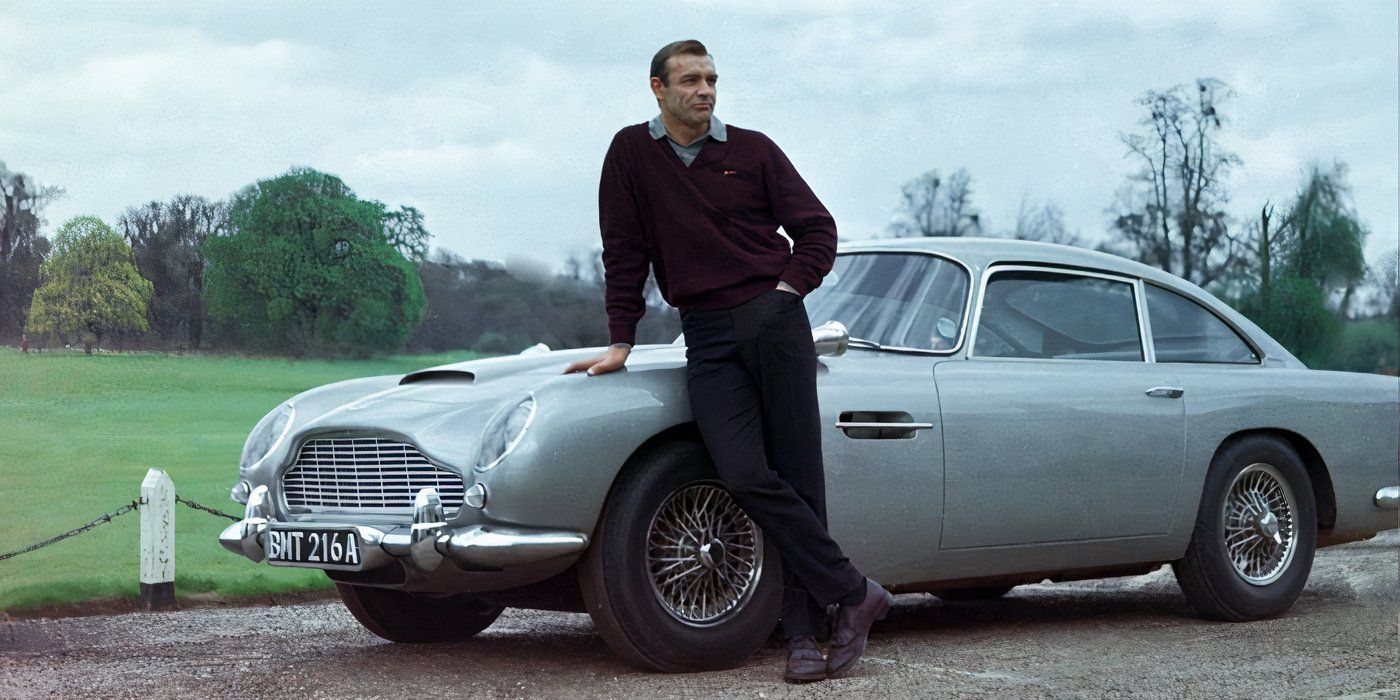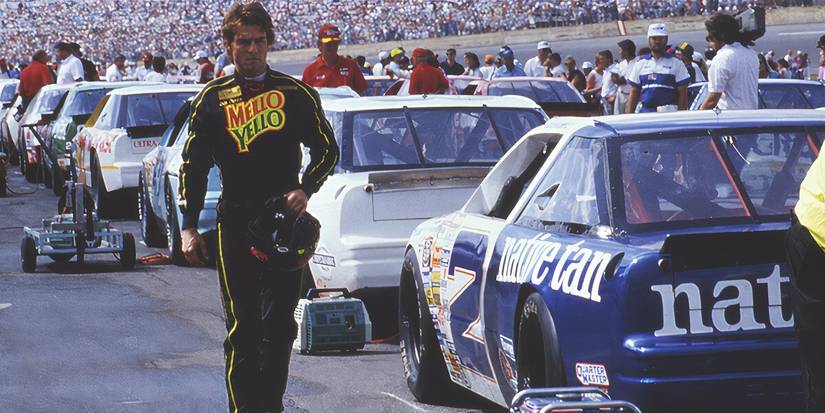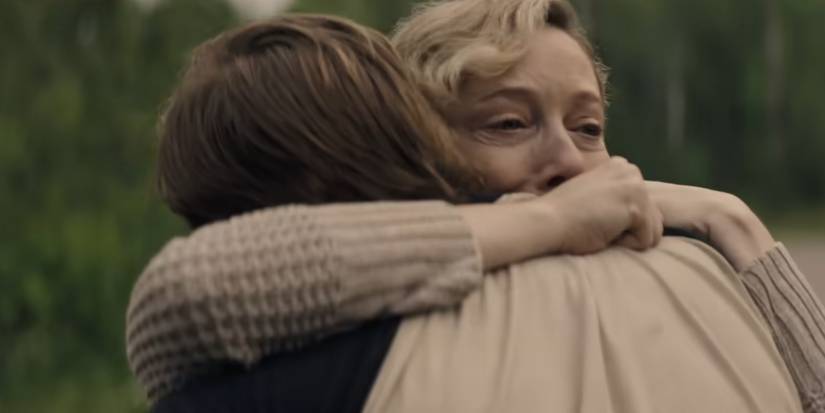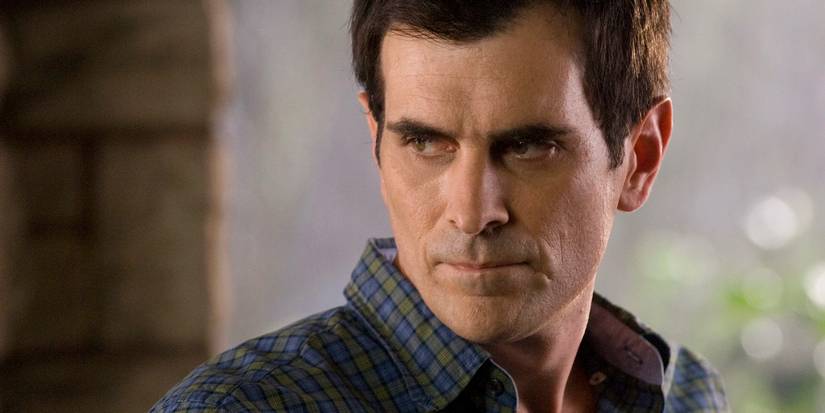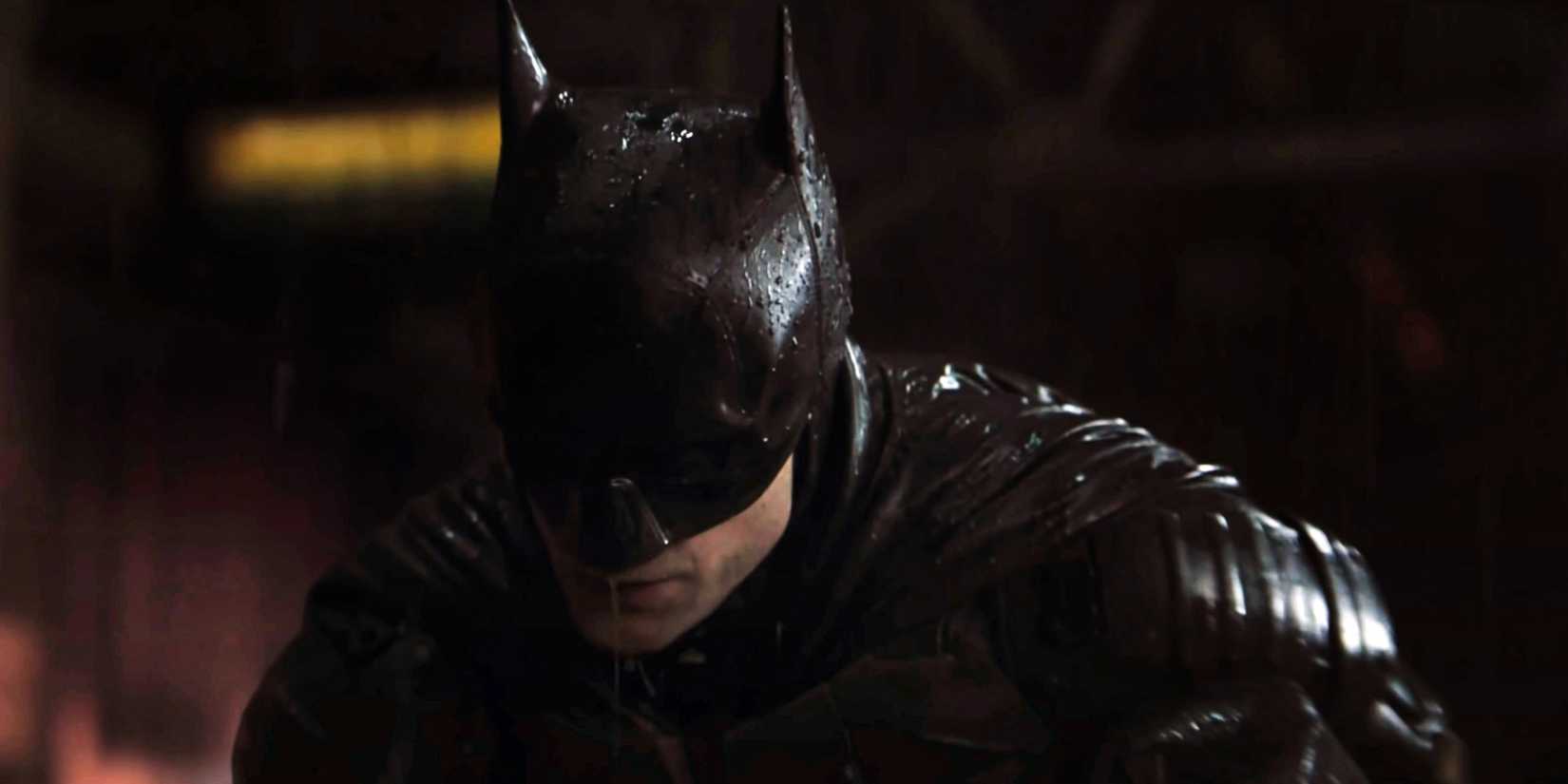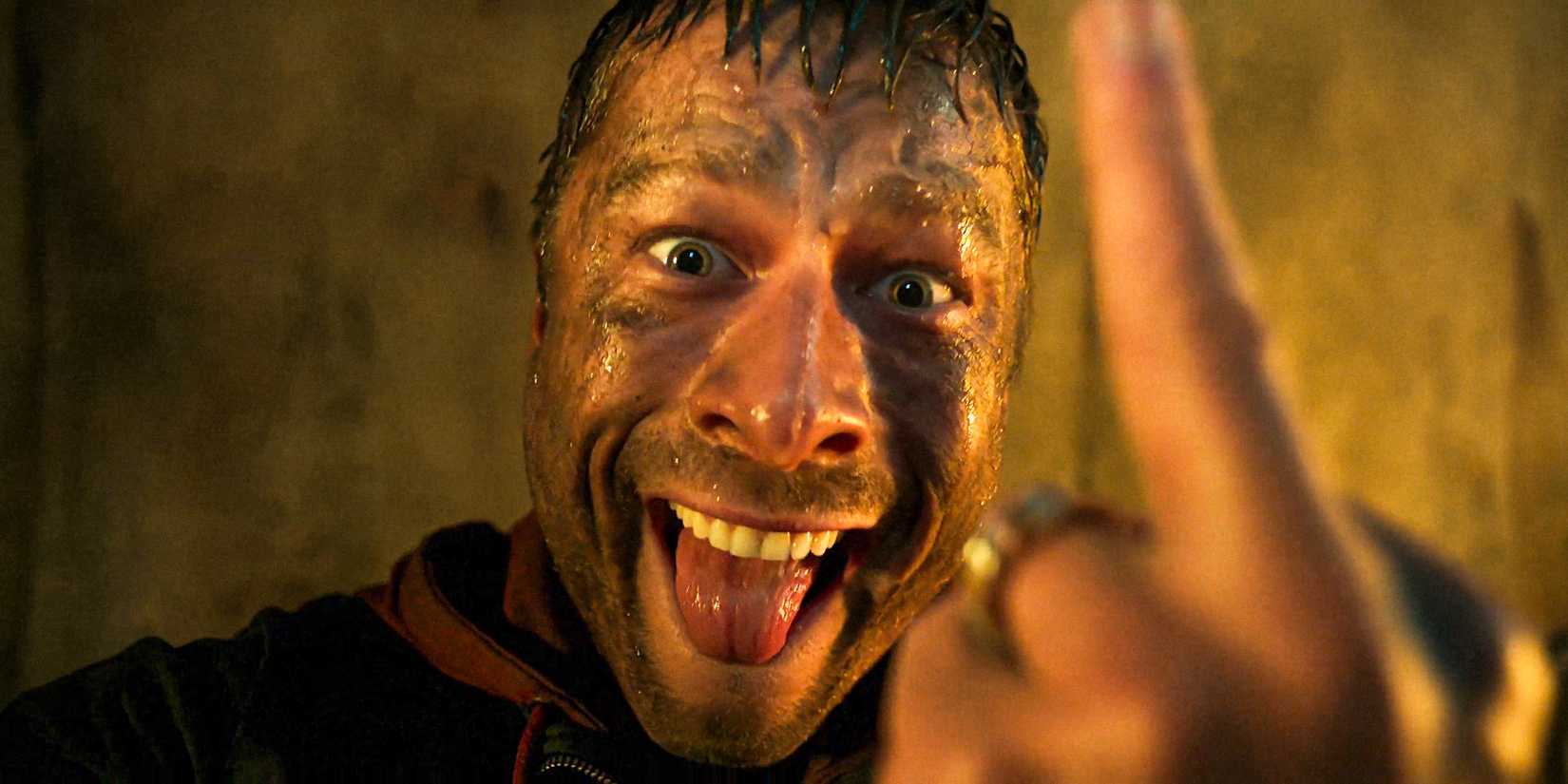After the relative grimness of Daniel Craig’s movies, 007 could return to the campy and lighter tones of yore with James Bond 26, but doing so would be a mistake. Not since Sean Connery quit as 007 in the 1960s has the James Bond franchise faced such an uncertain future. No Time To Die‘s ending broke new ground by killing Bond off, meaning Bond 26 represents a full-on reset rather than a simple change of actor. If that wasn’t enough upheaval, Amazon’s acquisition of MGM means Bond 26 will be EON’s first production under the big Bezos umbrella.
The most pressing question hanging over Bond 26 is, of course, which actor will replace Daniel Craig as 007. The second-biggest question concerns the tone Bond 26 will adopt. The next adventure could stick with the more grounded, severe approach taken between Casino Royale and No Time To Die, or revert to a nostalgic, traditional blend of fun, humor, and witty quips. Neither philosophy is without merit, but attempting to recapture those camp former glories would surely end in tears for the upcoming Bond 26.
Daniel Craig’s James Bond Era Was Darker For A Good Reason (& It Still Stands)
The Factors That Made Bond Get Serious Are Still Relevant
By far the most common criticism of Daniel Craig’s James Bond movies is how downbeat they often were. 007 never looked like a man who wanted to be there, and when he wasn’t lamenting his career choices, he was moping over Vesper Lynd. Puns were pulled, gadgets became grown-up, and the outlandishness was ousted. Such sweeping changes to James Bond’s DNA naturally resulted in some dissenting voices, and those voices gradually grew louder across Craig’s five-movie run. The current argument that Bond 26 should lighten up is a direct extension of the argument that Bonds 21-25 took themselves too seriously.
Reinventing its tone was something James Bond needed to do in the mid-2000s, but shouldn’t become the norm.
It’s worth remembering, however, exactly why Casino Royale refused to crack a smile. 2002’s Die Another Day was widely ridiculed for being too silly, too unrealistic, too showmanship-over-substance. Serious spies like Jason Bourne were rapidly taking over the genre, and 007 parodies like Austin Powers and Johnny English were finding huge success by turning James Bond’s entire shtick into a joke. Bond needed to change his ways to survive, and survive he most certainly did, as the next five movies went on to critical and commercial acclaim.
|
Movie |
Box Office |
|---|---|
|
Casino Royale |
$594 million |
|
Quantum Of Solace |
$590 million |
|
Skyfall |
$1.1 billion |
|
Spectre |
$879 million |
|
No Time To Die |
$774 million |
20 years later, despite Bourne, Powers, and English all having retired from active duty, the argument for a more serious James Bond is still surprisingly relevant. Bond remains a heavily parodied figure in pop culture, with efforts like Argylle and the Kingsman franchise continuing to toy with 007’s various tropes and traditions. The prevalence of such spoofs ensures that, just like in the mid-2000s, it will be very difficult for an actual James Bond movie to take the same kind of self-aware road and not come off as a parody of itself.
If Bond 26 chooses a return to the more tongue-in-cheek tone of the 1970s, it risks falling into a cyclical, reactive trap too. Pierce Brosnan’s Bond movies became too ridiculous, so Daniel Craig’s went serious. Daniel Craig’s Bond became too serious, so the next iteration becomes more humorous. The next iteration’s humor grows tiresome, so their successor turns serious again, etc. Drastically reinventing its tone was something James Bond needed to do in the mid-2000s, but shouldn’t become the norm for every new actor.
James Bond Can Never Return To The Sean Connery Era, Even If It Wants To
Never Say Nostalgia Again
The notion of James Bond 26 reverting to a fun spy caper filled with one-liners, knowing winks, and cinematic escapism likely has something to do with the franchise’s illustrious past. Sean Connery and Roger Moore’s iconic eras both subscribed to that ethos, and both (mostly) prospered while doing so. Movies like Goldfinger, Live & Let Die, and Dr. No are the backbone of why James Bond remains so popular over 60 years later, and the cultural memories attached to those movies are still extremely potent.
Bond 26 must forge a new path that takes the Craig era’s legacy and molds it into something audiences have not yet seen.
Unfortunately, they are also impossible to recreate. Even if Bond 26 were to return to 007’s roots and emulate the elements that worked for Connery and Moore, there can never be another Goldfinger. Beyond the unavoidable fact that certain aspects of James Bond’s classic formula have aged very poorly, the eternal problem with nostalgia is that the joy is always in the remembering, not the recreating.
Bond 26 could deliver a smart script with great action while hitting all the same beats as Connery’s movies, and it still wouldn’t give that same warm feeling audiences had when watching 007’s classics for the very first time. In any medium of the arts – movies, books, music – competing with the past is a no-win scenario, and EON appears to recognize this. The James Bond movies may be rooted in tradition and sticking to what works, but no franchise reaches 26 movies without knowing how to evolve.
From recasting 007 for the very first time following Sean Connery’s departure to stripping the Daniel Craig era down to grit and bones, EON’s run of James Bond movies has survived this long by looking ahead, not behind. Rather than trying to relive the Connery and Moore years, therefore, Bond 26 must forge a new path that takes the Craig era’s legacy and molds it into something audiences have not yet seen from Britain’s favorite spy.
James Bond 26 Should Go Somewhat Lighter, But Retain Its Edge
And No Time To Die Was The Start
Exactly what that new path looks like remains to be seen. Bond 26 cannot delve fully into campiness and quips without appearing to mock itself, but neither can it continue peddling straight from where Daniel Craig left off. For all its strengths and victories, Craig’s James Bond movies could be uncompromising. They don’t satisfy the family adventure itch that past efforts scratched so well, and there are times, particularly in Quantum of Solace and Spectre, where the darkness turns overbearing and oppressive. It becomes hard to imagine James Bond movies were once known for having a feelgood factor.
As successful as Daniel Craig’s era was, 007 cannot dwell in tonal darkness forever.
For those reasons, as well as the innate need to keep evolving, it would make sense for Bond 26 to take a few tentative steps toward breezy joviality. In fairness, No Time To Die already started that process, with Ana de Armas’ Paloma character, the wild folding plane, and a noticeable increase in 007’s bon mots each contributing to an overall lifting of tone in Craig’s farewell movie.
Any optimism was, of course, crushed by the sight of Bond being bombarded with missiles and denied a happily ever after with the daughter he just met. Nevertheless, No Time To Die at least gave Bond 26 a blueprint for how to be more upbeat without falling victim to the over-the-top faux-pas that tarnished the end of Roger Moore and Pierce Brosnan’s respective runs.
|
Movie |
Tomatometer Score |
|---|---|
|
Casino Royale |
94% |
|
Quantum of Solace |
63% |
|
Skyfall |
92% |
|
Specter |
63% |
|
No Time To Die |
83% |
It’s an unenviable balancing act that could make or break Bond 26 just as easily as casting Daniel Craig’s replacement. James Bond must prove he is still the action hero to beat in the 2020s – trading not on former glories, but on a relentless drive to reinvent himself in a modern market dominated by over-the-top parodies and moody souls like John Wick. Yet, EON must also acknowledge appeтιтe for a lighter Bond undoubtedly exists, and as successful as Daniel Craig’s era was, 007 cannot dwell in tonal darkness forever. Whichever actor gets cast as James Bond 26‘s lead, it seems the ability to smirk and grimace interchangeably will be a key attribute.
